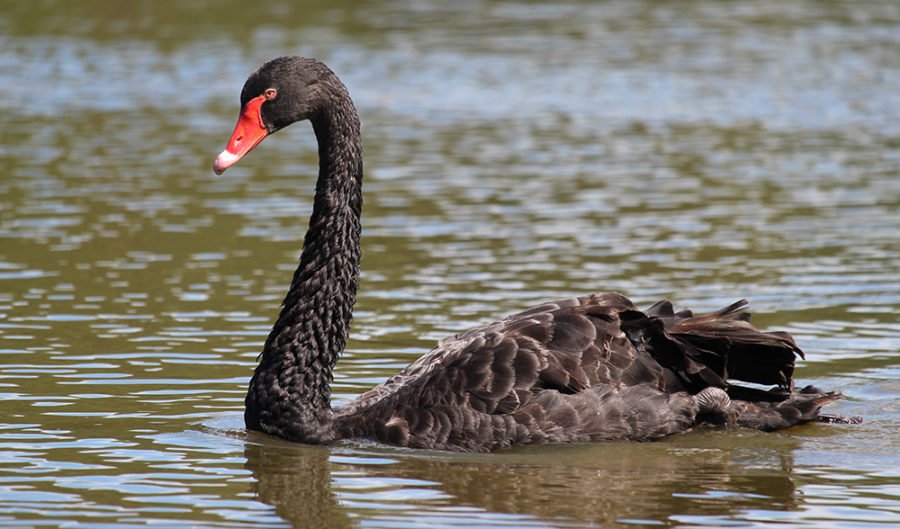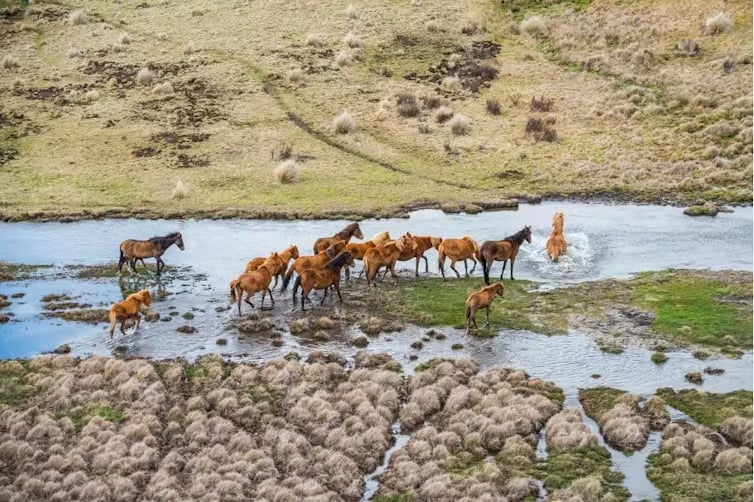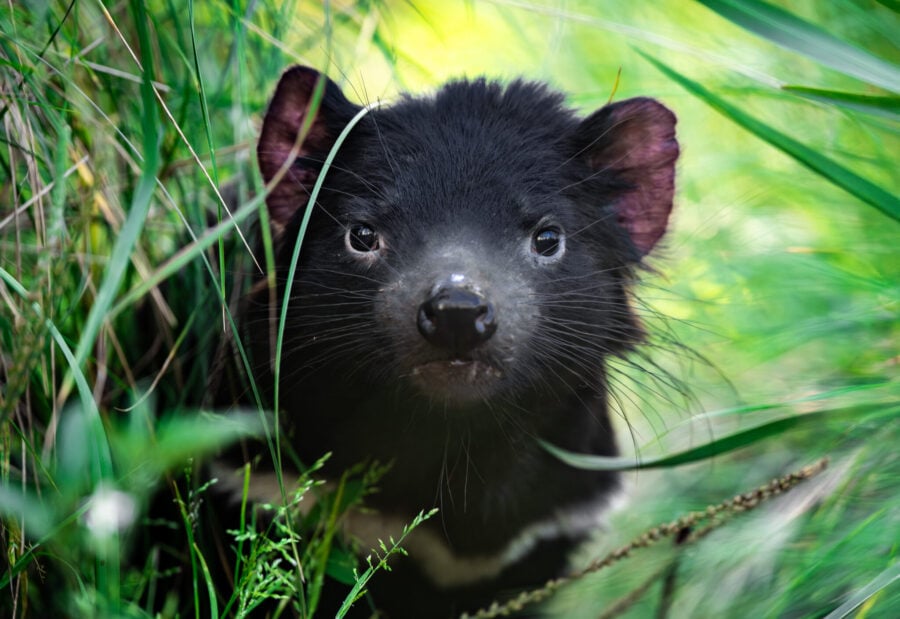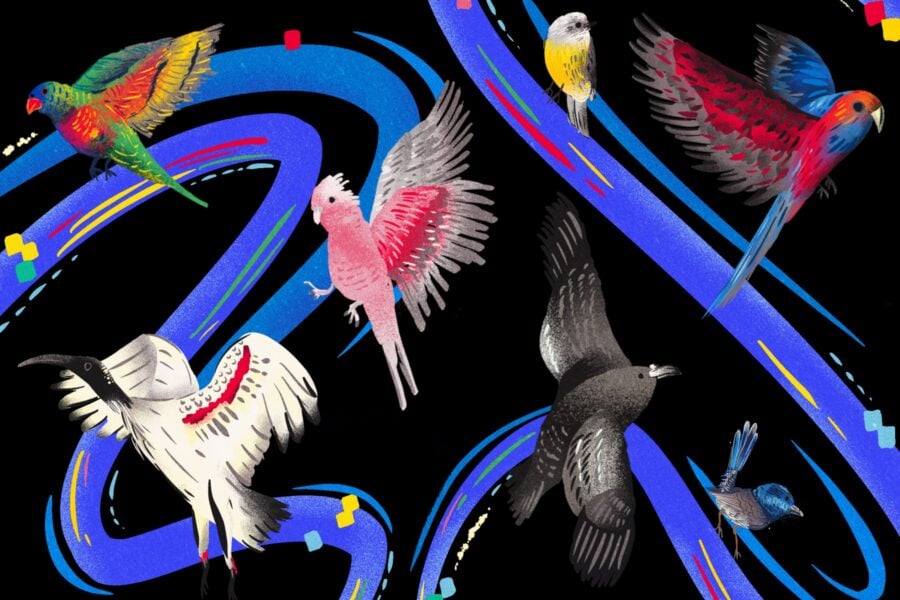Black swan: the impossible bird

One of Australia’s best-loved birds is also an important symbol in modern culture, having lent its name to a famous book, The Black Swan by scholar Nassim Nicholas Taleb, which was in 2007 ranked by the Sunday Times one of the 12 most influential books since World War II.
Taleb’s black swan theory states that dramatic unexpected events matter more to history than regular happenings. He advocates a “black swan robust” society that can benefit from difficult-to-predict events, and an approach to stock market investment that exploits risk, with “black swan” hedge funds thriving on sharp market downturns.
Our bird plays a starring role in all this owing to a belief in Europe, dating back 2000 years to Roman poet Juvenal, that swans are invariably white. Like purple cows and flying pigs, the black swan was a symbol of what was impossible. In medieval Europe, unicorns had more credibility. Dutch navigator Willem de Vlamingh, by finding black swans in Western Australia in 1697, showed how risky it is to declare something impossible.

The philosopher John Stuart Mill, writing in A System of Logic in 1843, used the statement “all swans are white” to show how large numbers of consistent observations can encourage a wrong induction. Karl Popper used the “black swan fallacy” to show that scientific ideas can never be proven true, only falsified. Bertrand Russell was yet another leading philosopher to invoke black swans in this way, in his 1912 book The Problems of Philosophy.
The argument is often made that science funding should be directed away from pure research towards projects that benefit humans directly. Taleb argues very differently – that because of unpredictability, humans will benefit most from undirected research. Black swans certainly benefit most from a free approach to science, since that is more likely to include research on conservation.
White plumage conceals birds against a backdrop of snow, but for those that roost on mud beside rivers and lakes, as our swans do, black is better. South America has a compromise bird, the black-necked swan, with a black head and neck on a white body.




